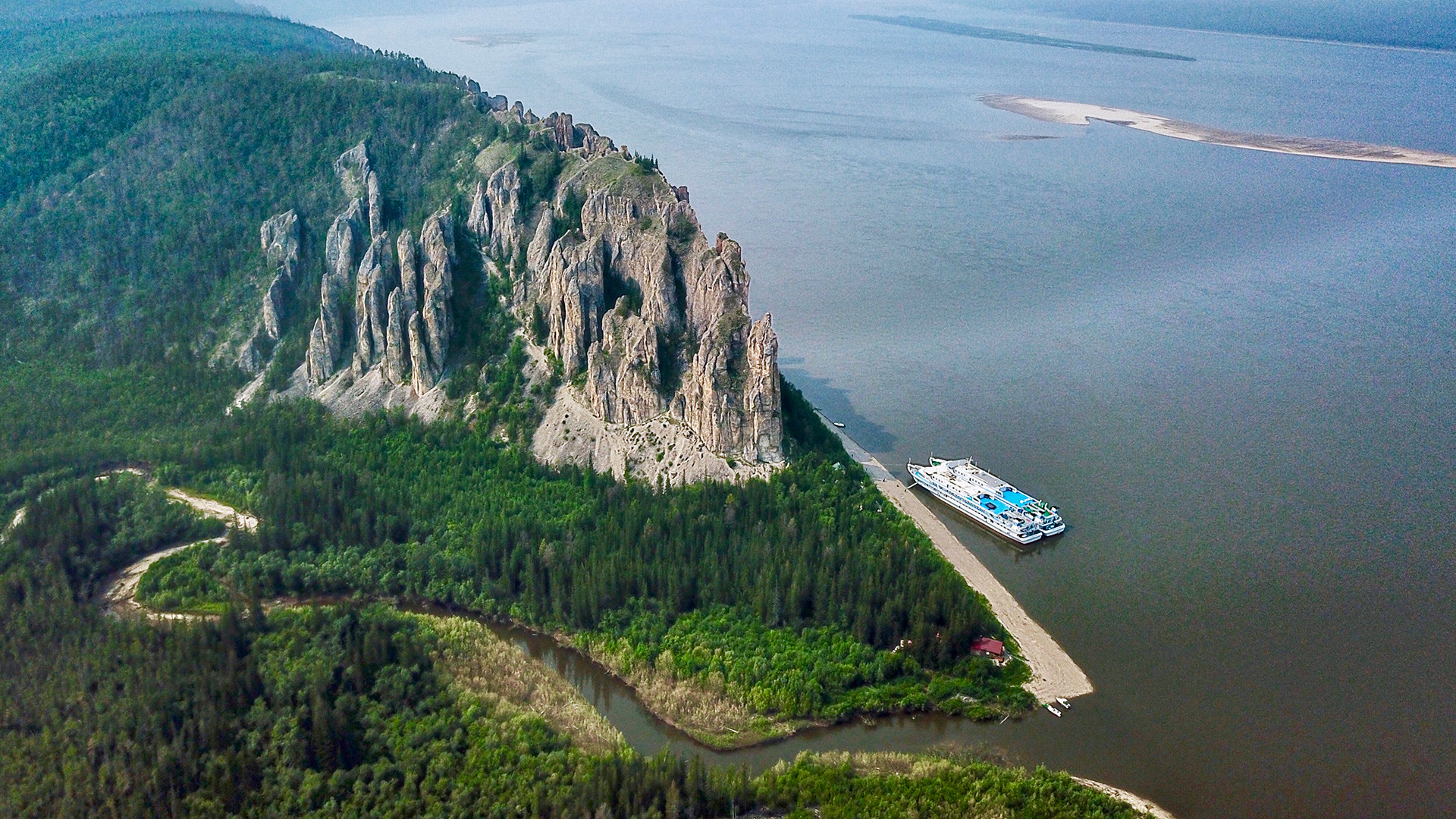
The Lena Pillars is a breath-taking range of limestone cliffs in the Republic of Sakha (Yakutia), Russia's largest region in terms of territory. Stretching for over 40 kilometers along the Lena River, the pillars reach 220 meters above the river. Reflected in the Lena's mirror-like surface, the pillars seem even taller and grander.
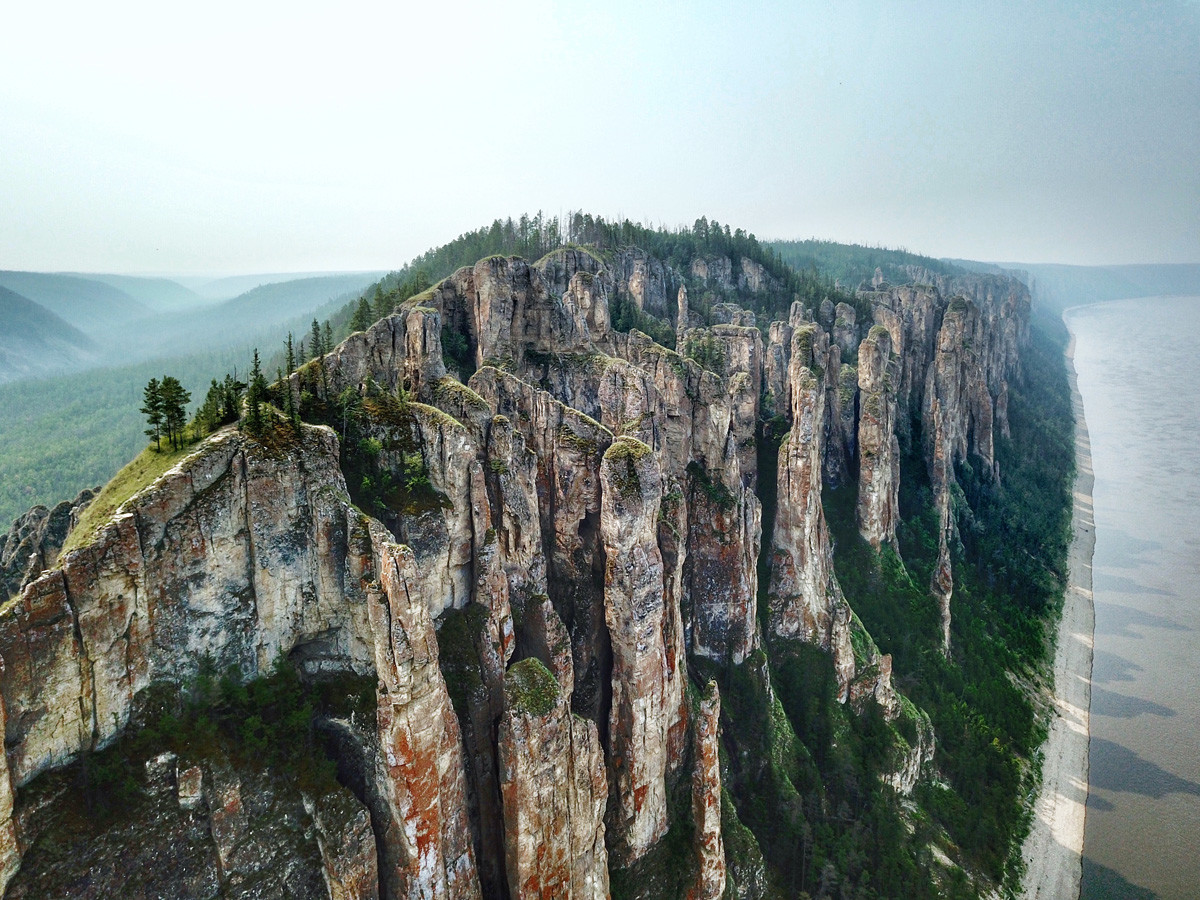
Getting to the Lena Pillars is not so easy. First, you'll need to take a six-hour flight from Moscow to Yakutsk, the capital of Yakutia, and then travel another 200 km to the pillars. The fastest but most expensive way is by helicopter, which costs 250,000 rubles ($3,900) an hour.
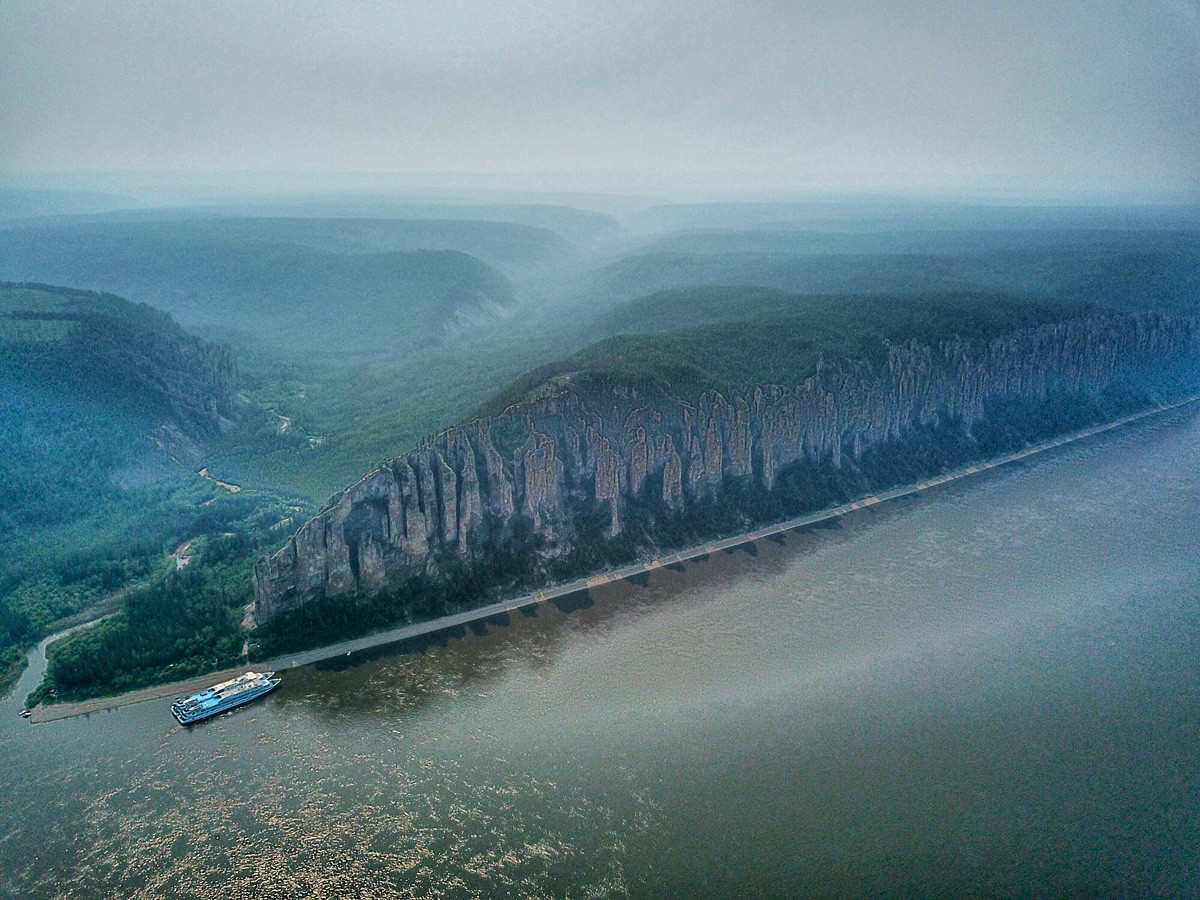
From Yakutsk you can also take a cruise boat along the Lena River, which takes several hours, or travel on an Emergency Ministry motorboat, which takes about two hours. Cruise boats offer accommodation in single, double or four-berth cabins, as well as meals three times a day, and onboard entertainment. Most boats even have a sauna and a cinema.
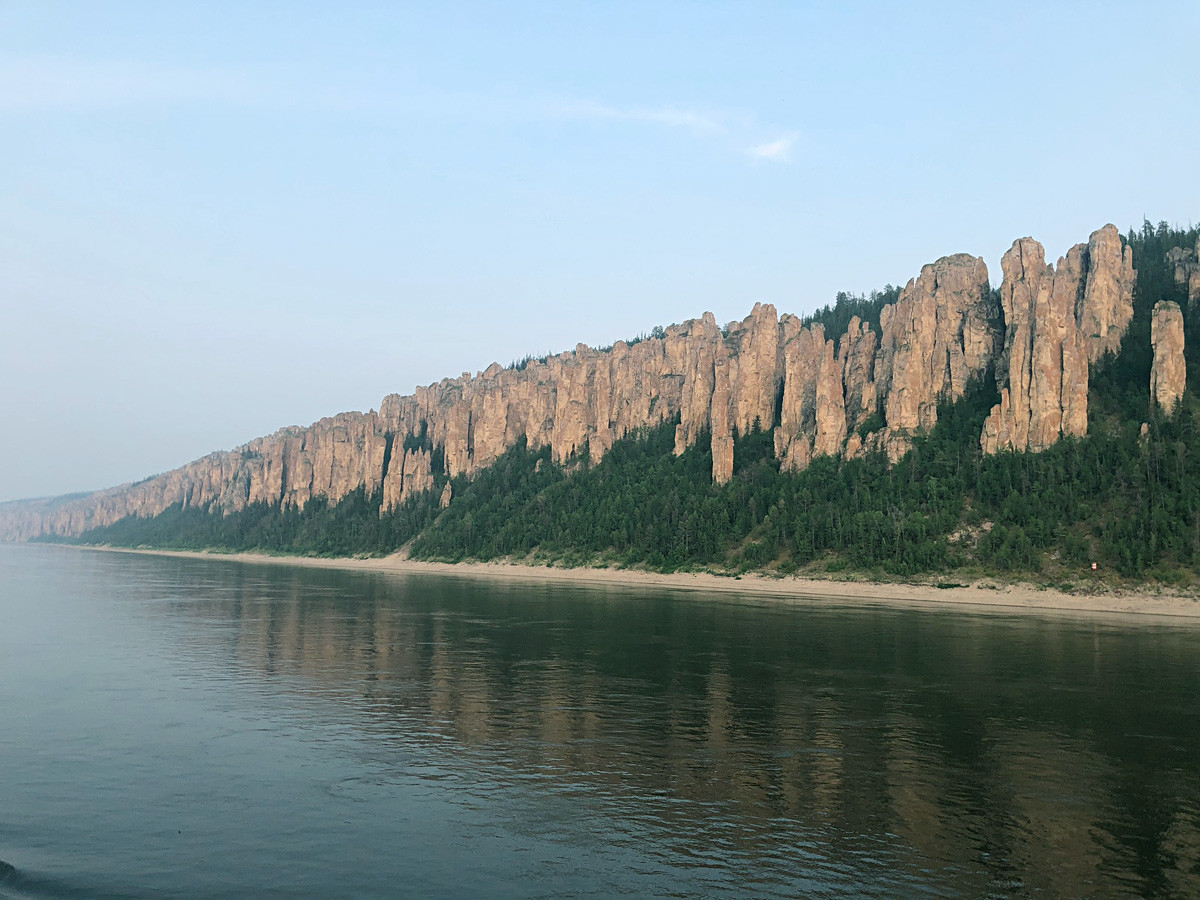
In winter you can also drive to the village of Batamay, reaching the pillars by traversing the frozen Lena River. When covered in snow and ice, the pillars resemble the famous Wall from Game of Thrones.
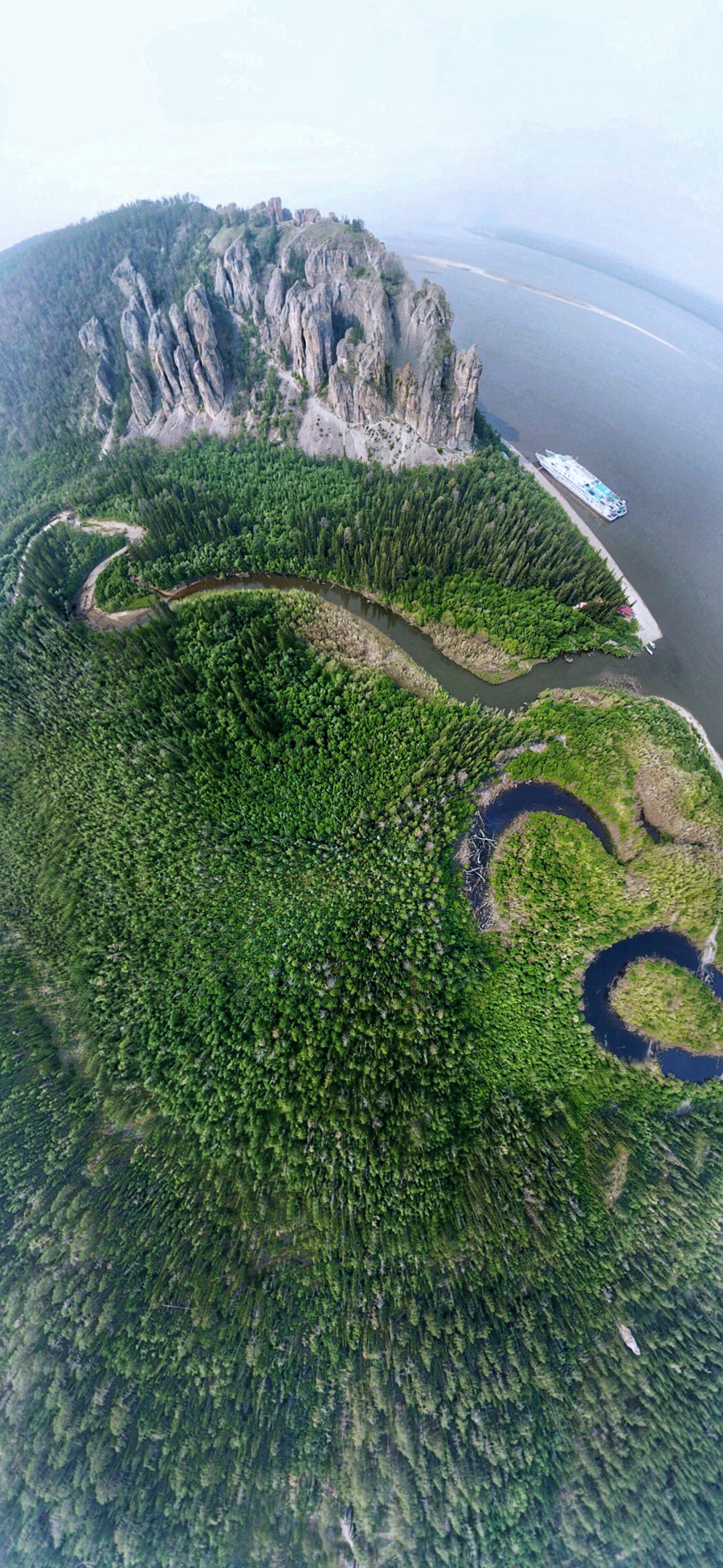
The Lena Pillars look striking from any angle, and their shape and location might seem that they're man-made. But no, the pillars were created by nature itself - geological processes and erosion forged their extraordinary shape over the past 400,000 years.
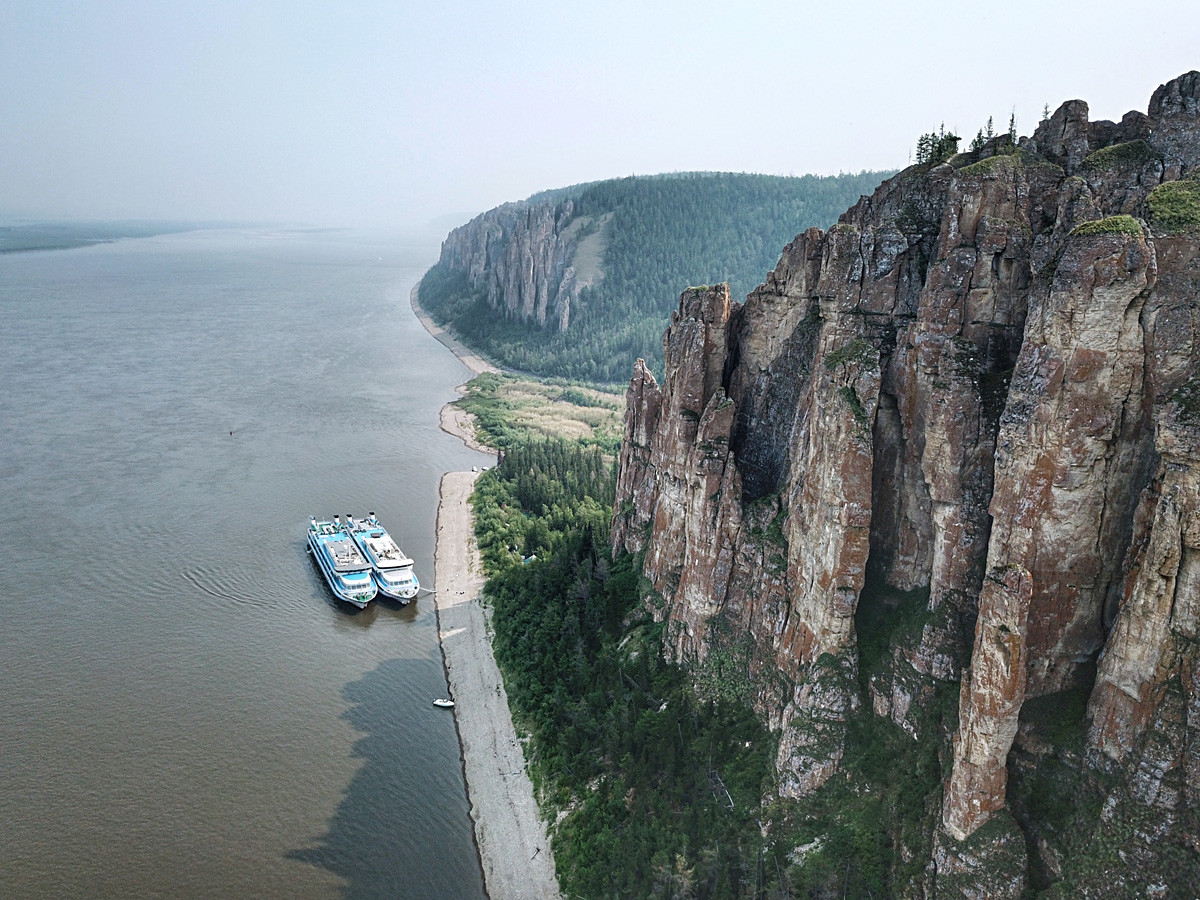
The Lena Pillars is Earth's history captured in stone, a monument to the Cambrian Explosion that occurred more than 500 million years ago, when vertebrates first appeared in large numbers.
Millions of creatures appeared and eventually disappeared as evolution took its course, and the unique processes that formed the Lena Pillars made it possible to capture several of the planet's geological stages.
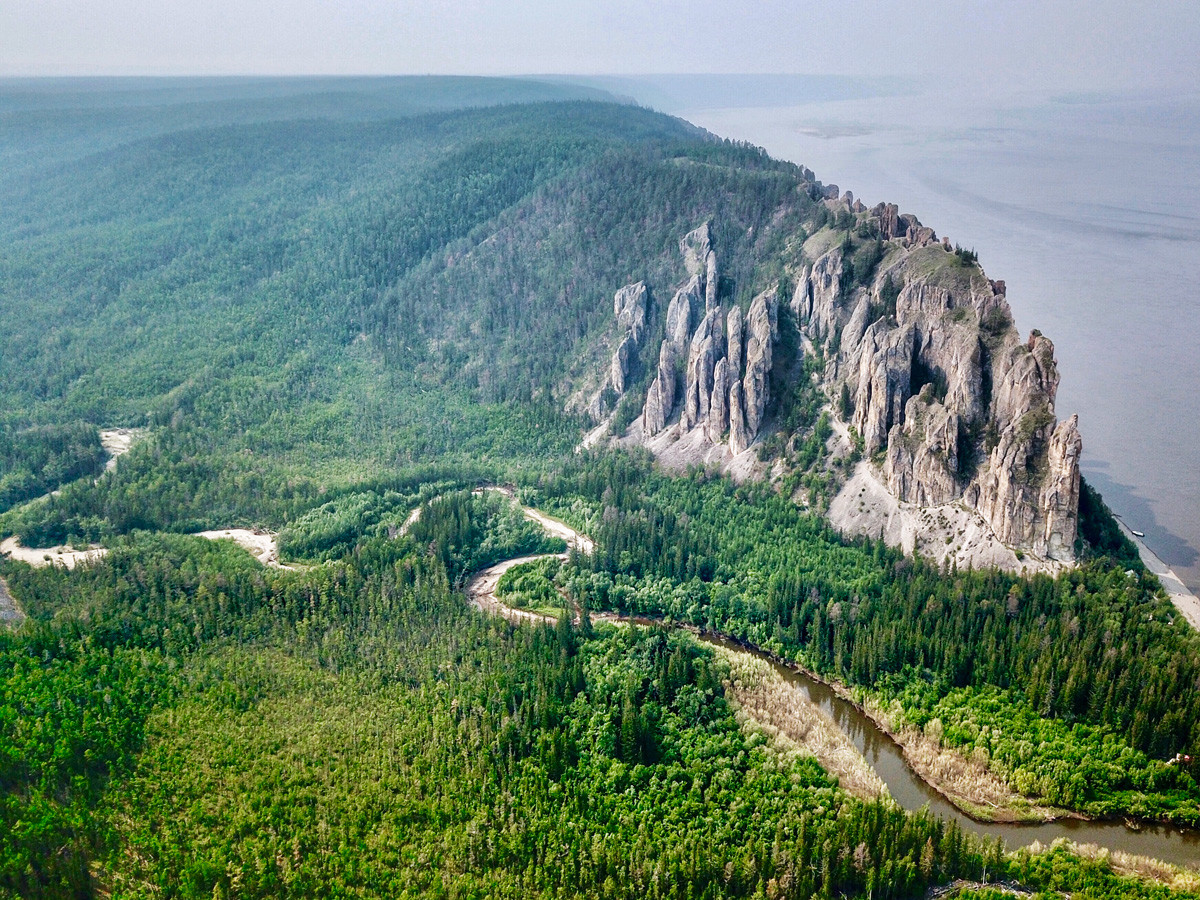
In 1994, the Lena Pillars National Park was founded, and in 2012 it became a UNESCO World Heritage Site.
This site is almost untouched by humans, and only one small section of the long ridge of limestone cliffs is used as a docking area for boats.
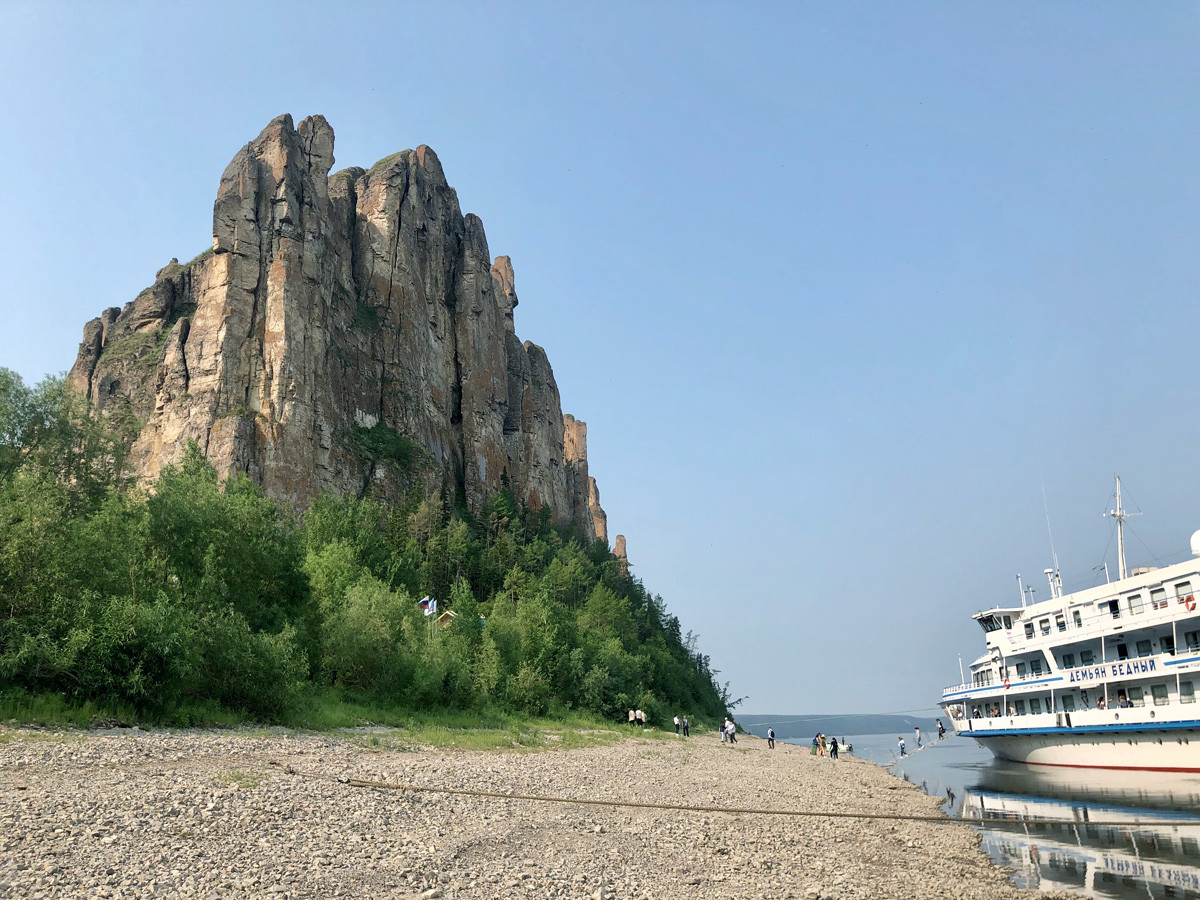
This is the entrance to the park, which even has a gift shop. There are also a handful of houses where park employees live, as well as a small village on the opposite bank of the Lena.

A two-kilometer path leads from the park entrance to the top. There are wooden steps where the ascent is particularly steep, as well as several rest areas with benches.
Since the rock is high in iron content a drone's compass might fail when passing overhead – fly it at your own risk.
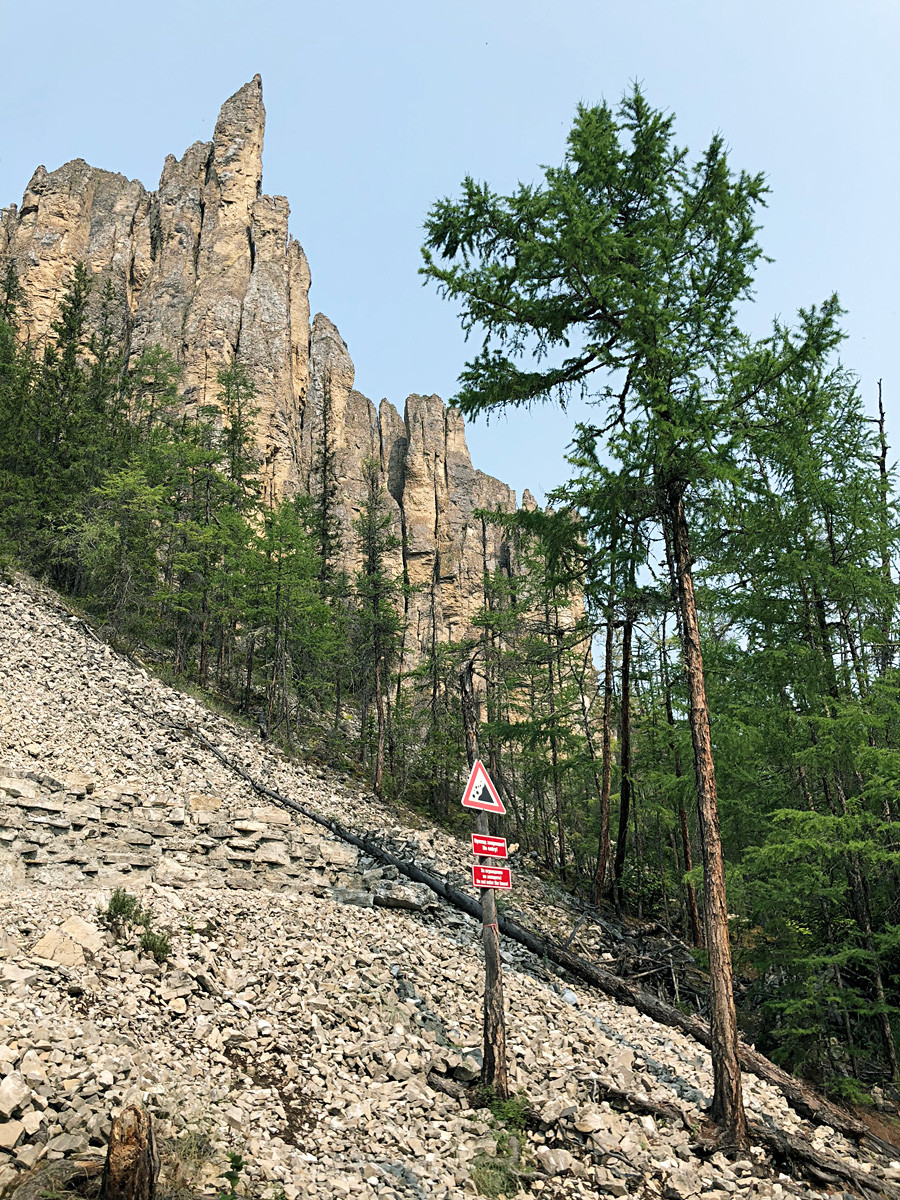
The top of the cliffs has stunning views of the river below, as well as the rock wall that disappears far into the distance. If you're lucky, you might find fossils of trilobites and other creatures from the Paleozoic Era.
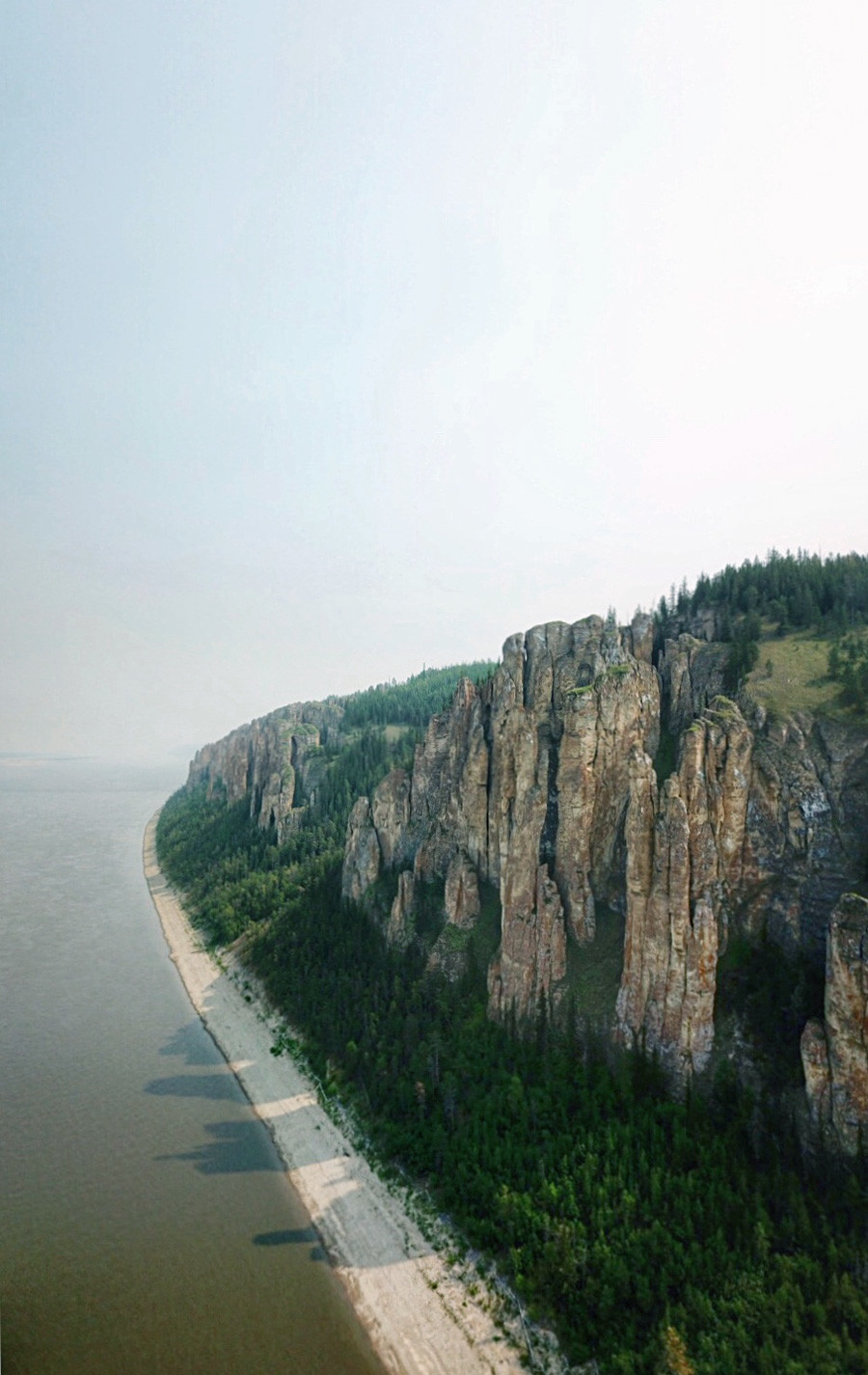
Incidentally, the remains of a mammoth, a woolly rhinoceros, and other extinct mammals from later periods have been discovered in a part of the park called Tukulan (meaning “sands” in the local dialect) and which features real sand dunes. Today, numerous muskrats, wolverines, hares, squirrels and even bears roam the area. Meanwhile, in the air you can see golden eagles, eagle owls and falcons hovering above the pillars. Down below, the waters of the Lena are full of fish, including grayling and sturgeon.
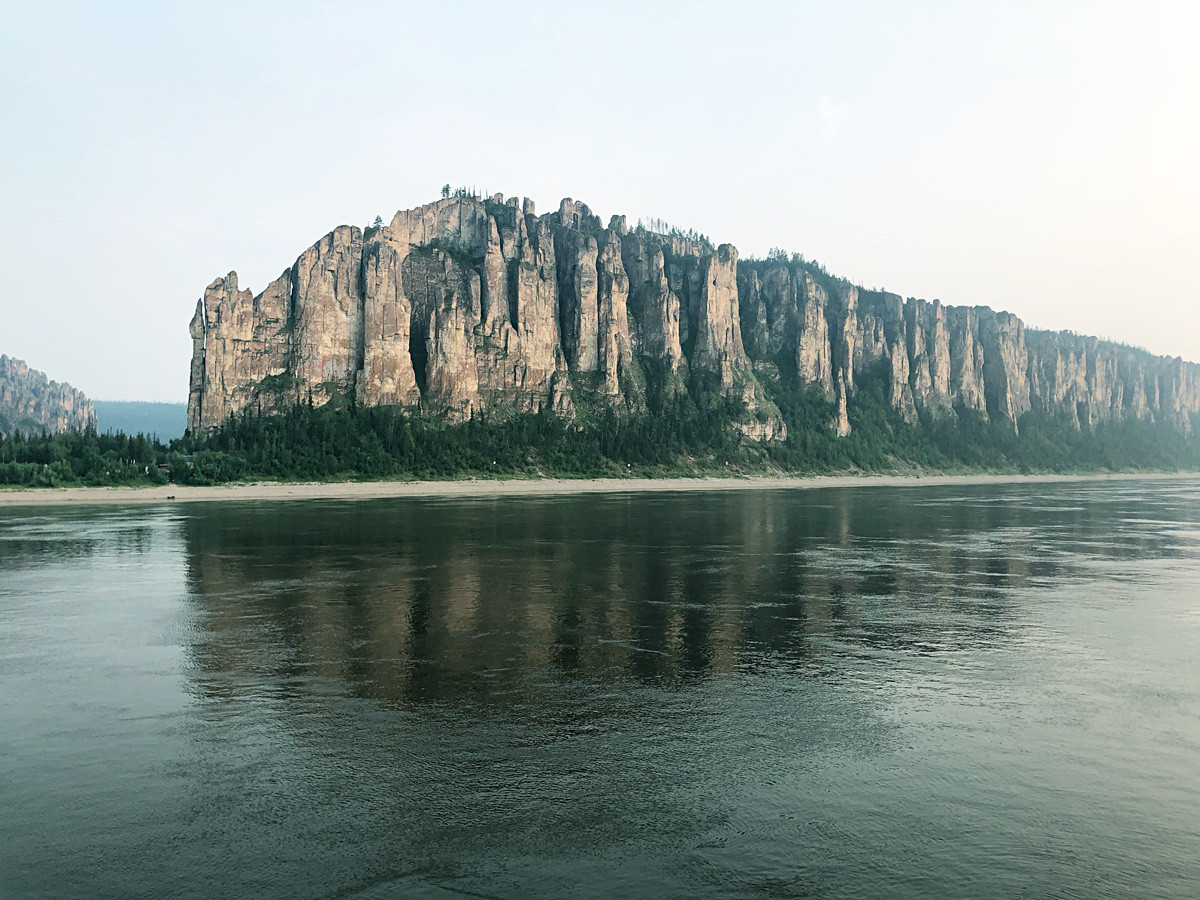
If using any of Russia Beyond's content, partly or in full, always provide an active hyperlink to the original material.
Subscribe
to our newsletter!
Get the week's best stories straight to your inbox